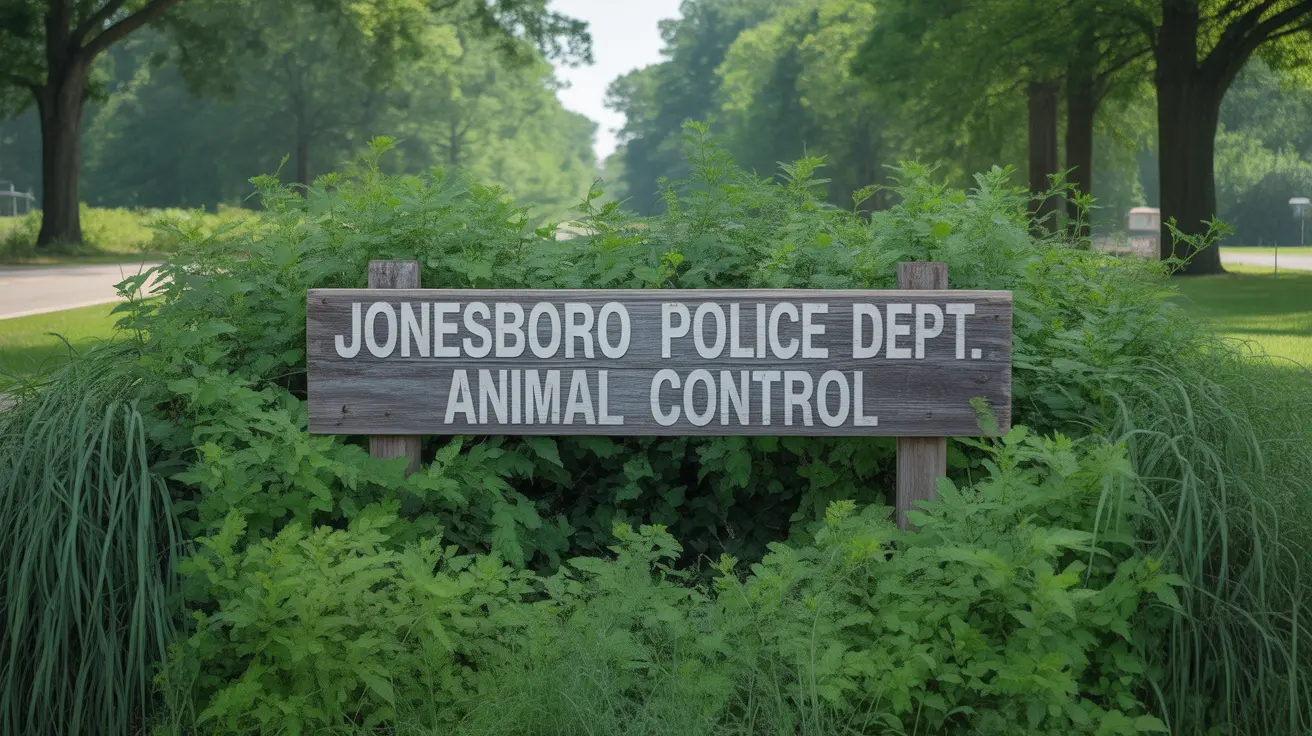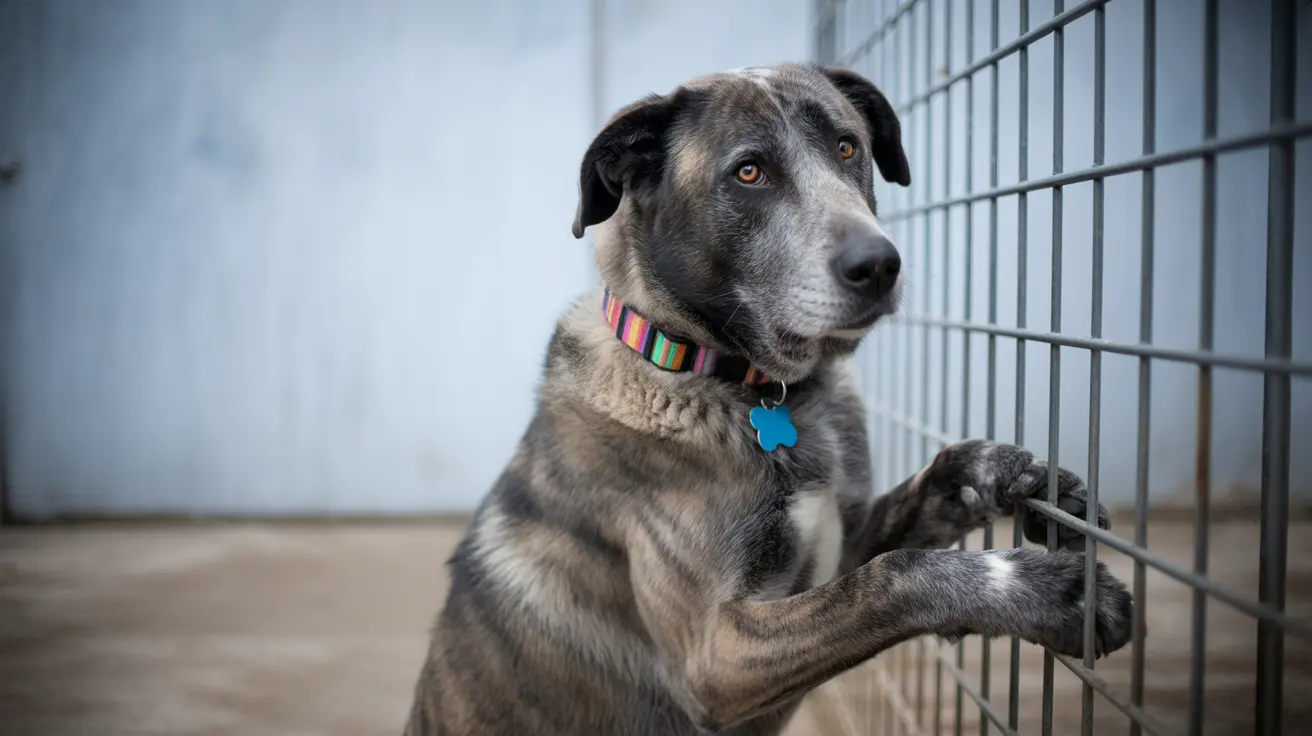Can Excessive Licking Cause Bad Breath in Dogs?
Bad breath in dogs, also known as halitosis, is a common yet often misunderstood issue among pet owners. While it's easy to assume it's simply because dogs eat unsavory things, there can be a variety of underlying contributors. One behavior that raises questions is excessive licking. But can this actually cause bad breath?
Link Between Licking and Halitosis
Yes, excessive licking—especially if directed at infected skin, paws, or the anal area—can indeed lead to foul-smelling breath. This is often overlooked as a contributing factor, but understanding how it works can help you better manage your dog's oral hygiene.
How Licking Leads to Bad Breath
- Transfer of Bacteria: Dogs suffering from allergies or skin infections often lick themselves persistently. This action introduces bacteria, yeast, or inflammatory compounds into the mouth, which can generate a malodor.
- Anal Gland Issues: Dogs may lick their anal region due to irritation or impaction. Anal glands emit a particularly strong, fishy smell, which can transfer to the dog's mouth and lead to noticeable bad breath.
- Irritated or Infected Areas: If a dog licks open wounds or infected patches, the buildup of microbes combined with saliva can create a foul-smelling environment in the mouth.
Other Causes of Bad Breath in Dogs
While excessive licking is a factor, it's important to consider more common and potentially serious causes:
- Dental Disease: The most frequent cause, resulting from plaque, tartar, and gum inflammation.
- Oral Tumors: Especially in older dogs, necrotic growths can produce a putrid odor.
- Dietary Habits: Eating feces or spoiled food causes acute halitosis.
- Systemic Illnesses: Conditions like kidney disease, liver dysfunction, or diabetes may manifest through breath odors.
Signs That Excessive Licking Might Be the Culprit
- Persistent or frequent licking of paws, belly, or rear end
- Scooting or discomfort in the anal area
- Localized skin redness, oozing, or hair loss
- A sudden change in breath odor after self-grooming
Diagnostic Approach
If you suspect that excessive licking is causing your dog’s bad breath, consider the following diagnostic steps:
- Visual Inspection: Check paws, undersides, and rear end for irritation or swelling.
- Oral Examination: Look for signs of dental disease—discoloration, swollen gums, or tartar buildup.
- Veterinary Evaluation: A vet can rule out deeper issues like anal gland disease or systemic illnesses.
Treatment and Prevention
Managing licking-related bad breath involves both addressing the behavior and improving oral hygiene. Approaches include:
- Treating Underlying Skin Conditions: Allergies, yeast infections, or bacterial infections should be diagnosed and treated to reduce licking behavior.
- Anal Gland Maintenance: Regular check-ups and fiber-rich diets can reduce irritation and prevent licking.
- Oral Cleaning: Brushing your dog’s teeth with dog-specific toothpaste several times a week is highly recommended.
- Dental Chews and Water Additives: These can reduce plaque accumulation and freshen breath.
- Probiotics: These help balance gut and oral flora and may be beneficial if your dog is licking due to digestive upset.
When to See the Vet
You should consult a veterinarian if:
- The bad breath worsens or becomes chronic
- You notice signs of skin infection or anal gland issues
- Your dog experiences difficulty chewing or shows oral pain
- Halitosis is accompanied by other symptoms like vomiting, diarrhea, or significant appetite change
Conclusion
While halitosis in dogs is most commonly attributed to dental problems, excessive licking—especially due to skin infections or anal gland issues—can also be a significant contributing factor. Monitoring your dog’s grooming habits and addressing skin or dietary concerns can go a long way toward maintaining fresh breath and overall wellness.





